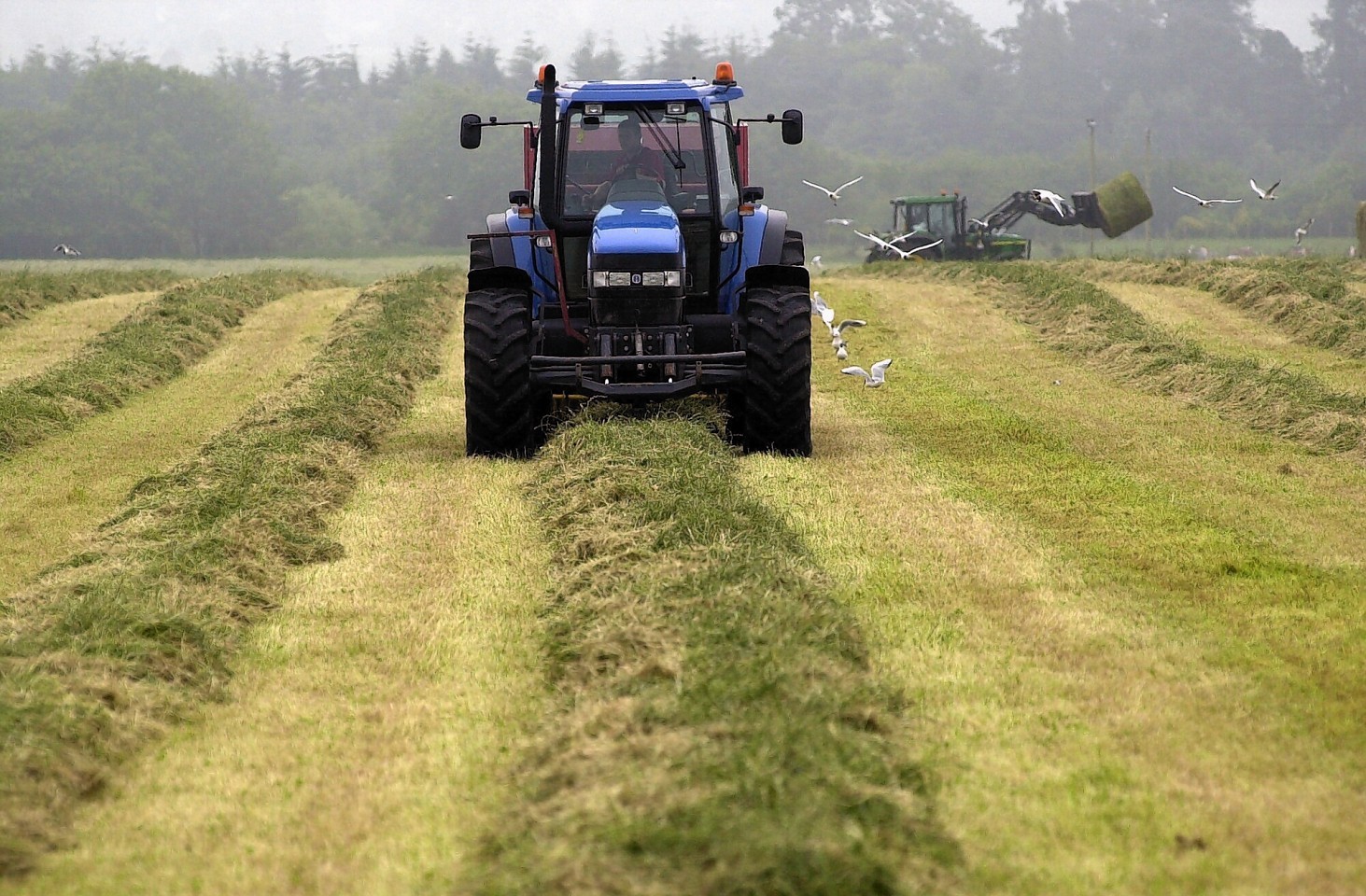Farmers are being reminded to cut and ensile grass properly to avoid mould and mycotoxin contamination.
The warning from Alltech and silage consultancy, Silage Solutions, comes ahead of silage-making season.
“Mow when the grass is dry. If your sward is open or there is a lot of dead material in the base of the grass – because of lodging or aftermath from last autumn perhaps – increase your cutting height to 7.5-10cm,” said David Davies, of Silage Solutions.
“The main rational behind this is moulds such as penicillium live on low-lying dead and decaying plant material. Spread the cut grass to encourage a rapid wilt, too, because wilting has a significant depressing effect on grass microbial composition.”
Mr Davies added that good compaction of the grass in the clamp was the key to preventing mould growth.
“Oxygen is the Achilles’ heel of silage production, and the key objective is to minimise the extent of aerobic spoilage in your clamp,” he said.
He advised farmers to compact even layers of grass no more than 15cm deep in the clamp to reduce the amount of oxygen trapped in the crop. This would minimise the level of yeast and mould growth, and cut the risk of mycotoxin contamination during storage.
